Landscape Architecture for Sea Level Rise: Innovative Global Solutions
Authors: Galen D. Newman, Zixu Qiao
This book assesses and illustrates innovative and practical worldwide measures for combating sea level rise and explores how the appropriate mixture of integrated, multi-scalar flood protection mechanisms can reduce risks associated with flood events. Because sea level rise is a global issue, 18 illustrative case studies performed from the United States, Korea, Australia, New Zealand, Thailand, Japan, China, and the Netherlands identify the structural (engineered), non-structural (nature-based), and hybrid mechanisms (mixed) used to combat sea level rise and increase flood resilience. Alternative flood risk reduction mechanisms are extracted and analyzed from each case chapter to develop and explain a set of design-based typologies to combat sea level rise which can be applied to help proctor new and protect existing communities.
Landscape Architecture for Sea Level Rise is compelling, innovative, and practical, with strong and useful case evaluations.
All case studies (10 in the US and 8 outside of the US) apply an identical framework to identify the structural, non-structural, and hybrid design mechanisms used to combat sea level rise and increase flood resilience. The book is arranged in three parts. The first part provides the rationale and background for the book while discussing many of the current approaches to solving the myriad of issues related to sea level rise. Part 2 presented the 18 in-depth, global case studies. The final part of the book extracts the utilized structural, non-structural, and hybrid mechanisms identified within the case studies, then defines, visualizes, and describes their characteristics. Finally the book presents a new theory: the urban periculum – a collection of areas that are at risk of flood hazards and sea level rise.
Outcomes
As Kate Orff wrote about the book:
“Global case chapters describe a range of contexts and adaptation strategies that can expand options for urban managers, mayors, and regional authorities beyond “business as usual” approaches such as vertical steel bulkhead walls, levees, and underdrainage. It is time to embrace the life-giving power of water itself and look beyond engineered outcomes to a different measure of success. To reclaim them we must conceive future landscapes that move beyond “green vs gray” and into new imaginative territories of design, empathy, and empowerment. With essays, papers, and contextual information, the book provides a comparative context for landscape architects can draw from to expand the problem-solving mix.”
Global Context of Sea Level Rise
In the past 21 years, 2.3 billion people were affected by floods and 242,000 deaths were a result of flooding. In 2017 alone, floods caused approximately $60.7 billion worth of property and crop damage and 116 fatalities across the US. With 4-8 inches of sea level rise expected by 2050, coastal flooding is projected to more than double.
Impact
The book, according to reviews from high-profile LA researchers and scientists, is rapidly becoming a highly influential resource for LAs, a valuable collection of programmatic elements for developing mitigation plans, and a must-have for LA students, instructors, and professionals. Further, the ASLA designated it as a Top 12 book of 2022, stating that the book creates a toolkit that can help LA’s combat future climate change through design. It is important for those located within the current or future floodplain considering sea level rise and those responsible for land use, developmental, and population-related activities.
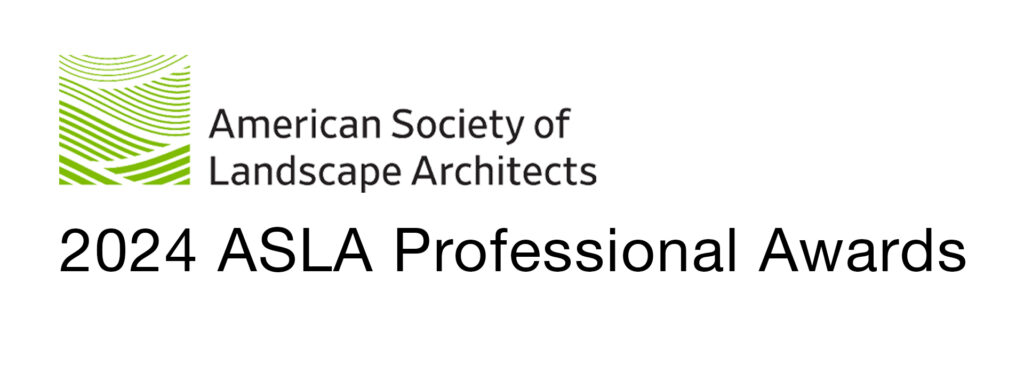



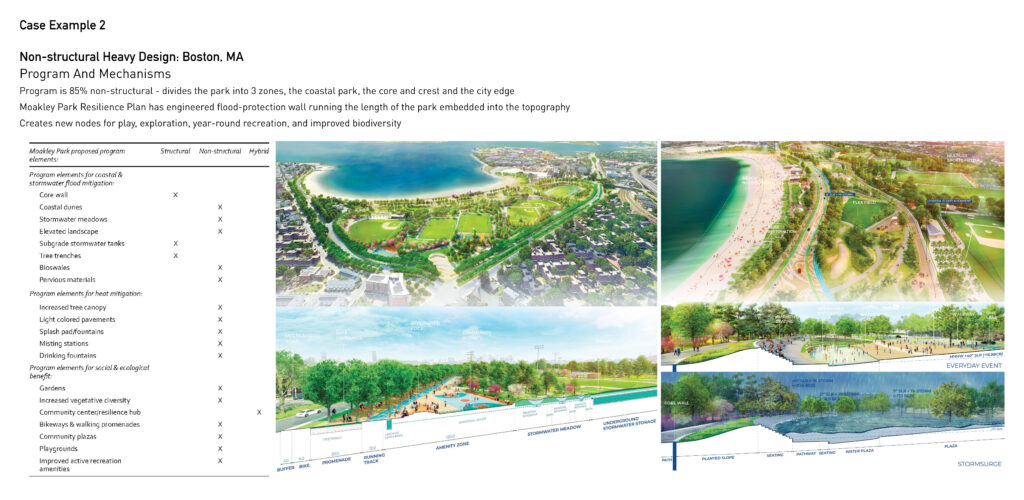
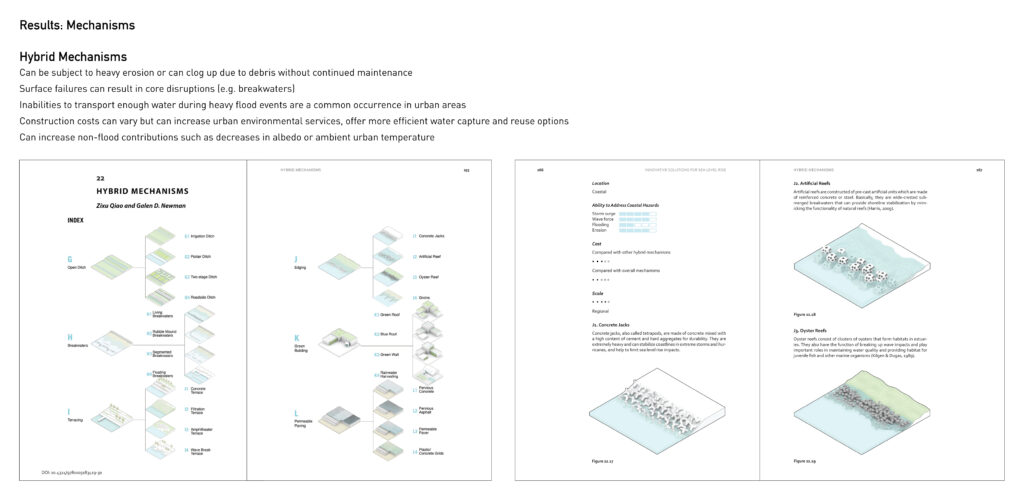
More about the book
Book Website: https://laforsealevelrise.com/
ASLA Awards: https://www.asla.org/2024awards/9370.html
Instagram: https://www.instagram.com/landscapearchitectureforslr/
ASLA has developed its first Climate Action Plan in the spirit of great optimism.
ASLA Immediate Past President Jeannie Martin, FASLA, and ASLA CEO Torey Carter-ConneenLandscape Architects Rise to the Challenge of Coastal Flooding
Author: Pamela Conrad It’s that time of year again: students and their families are busy preparing


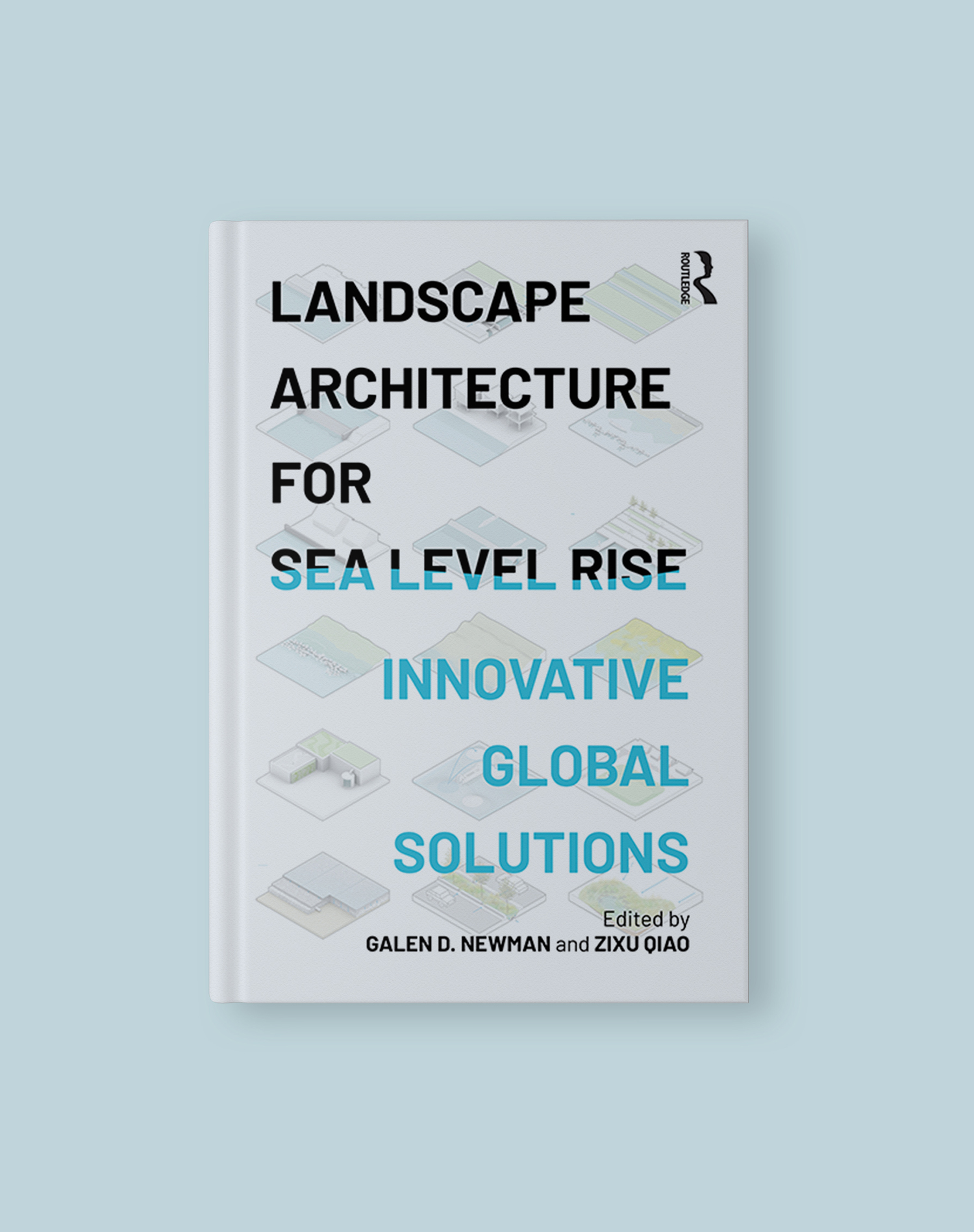
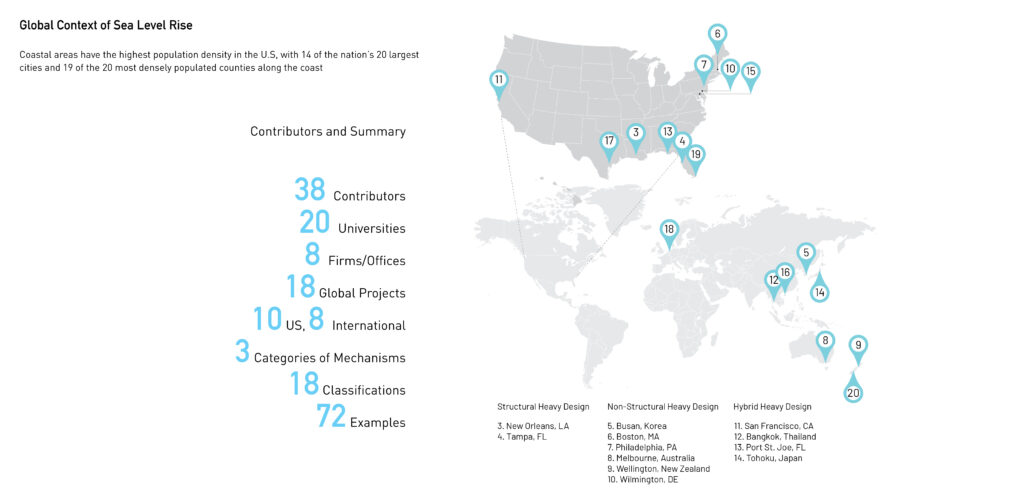
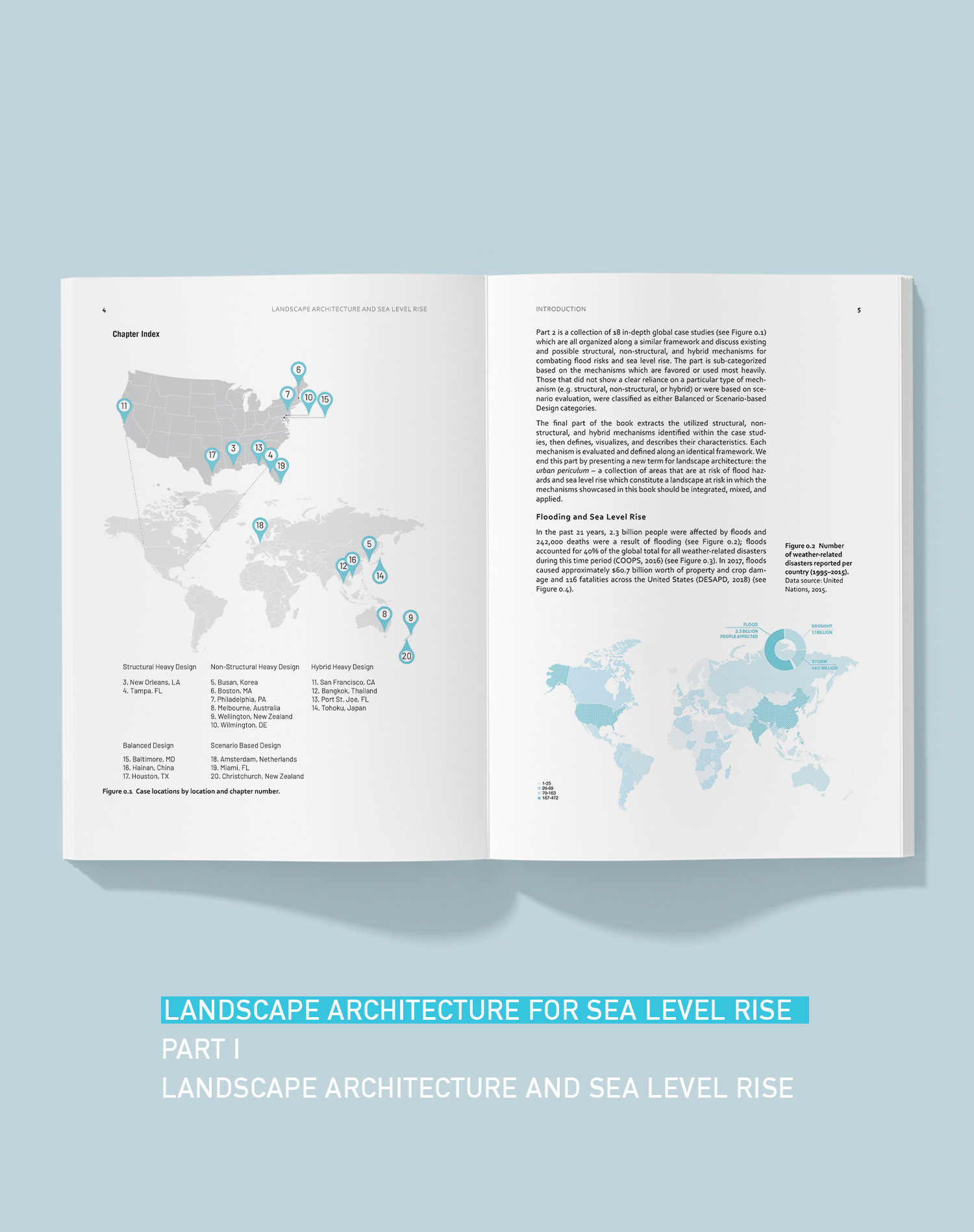
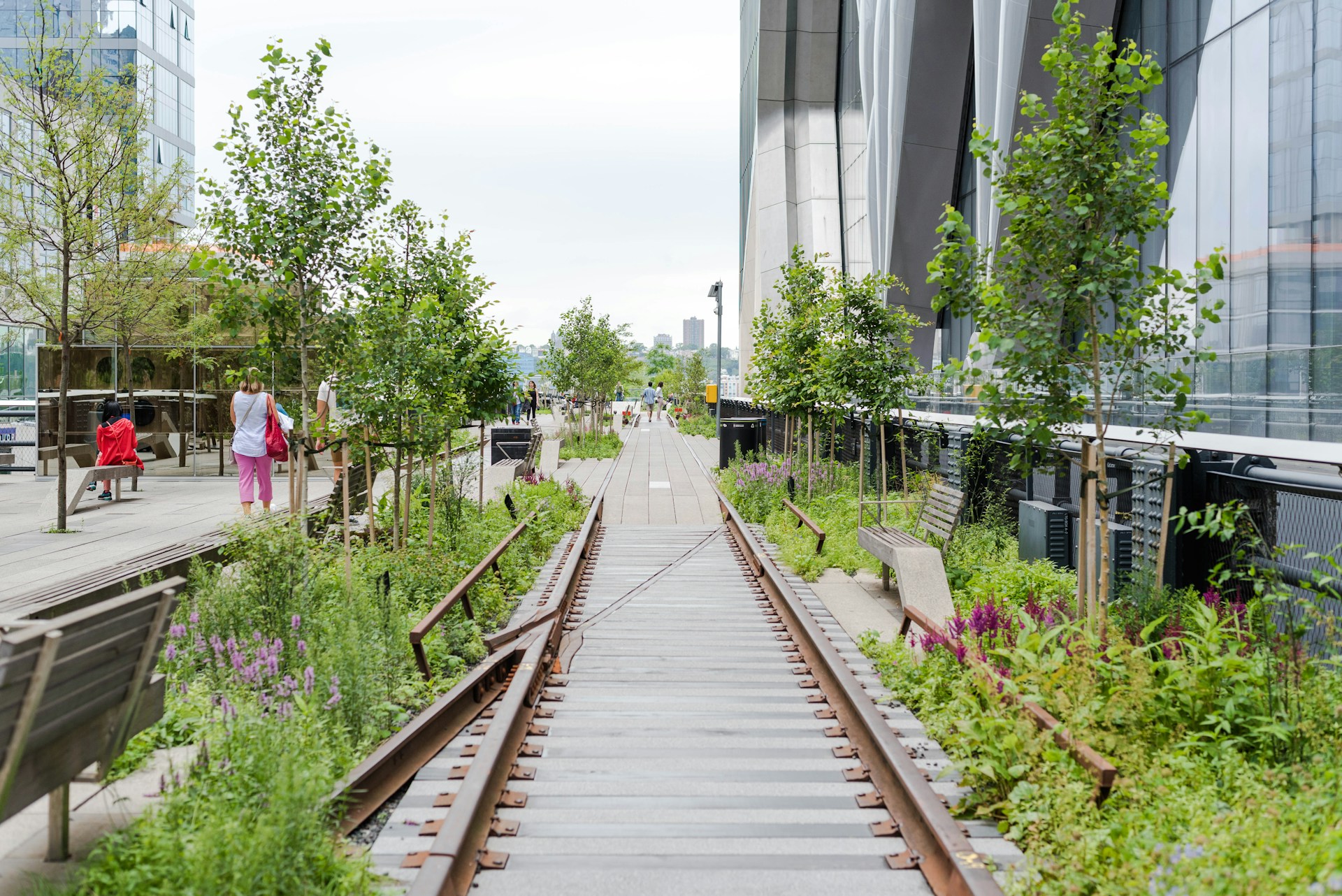
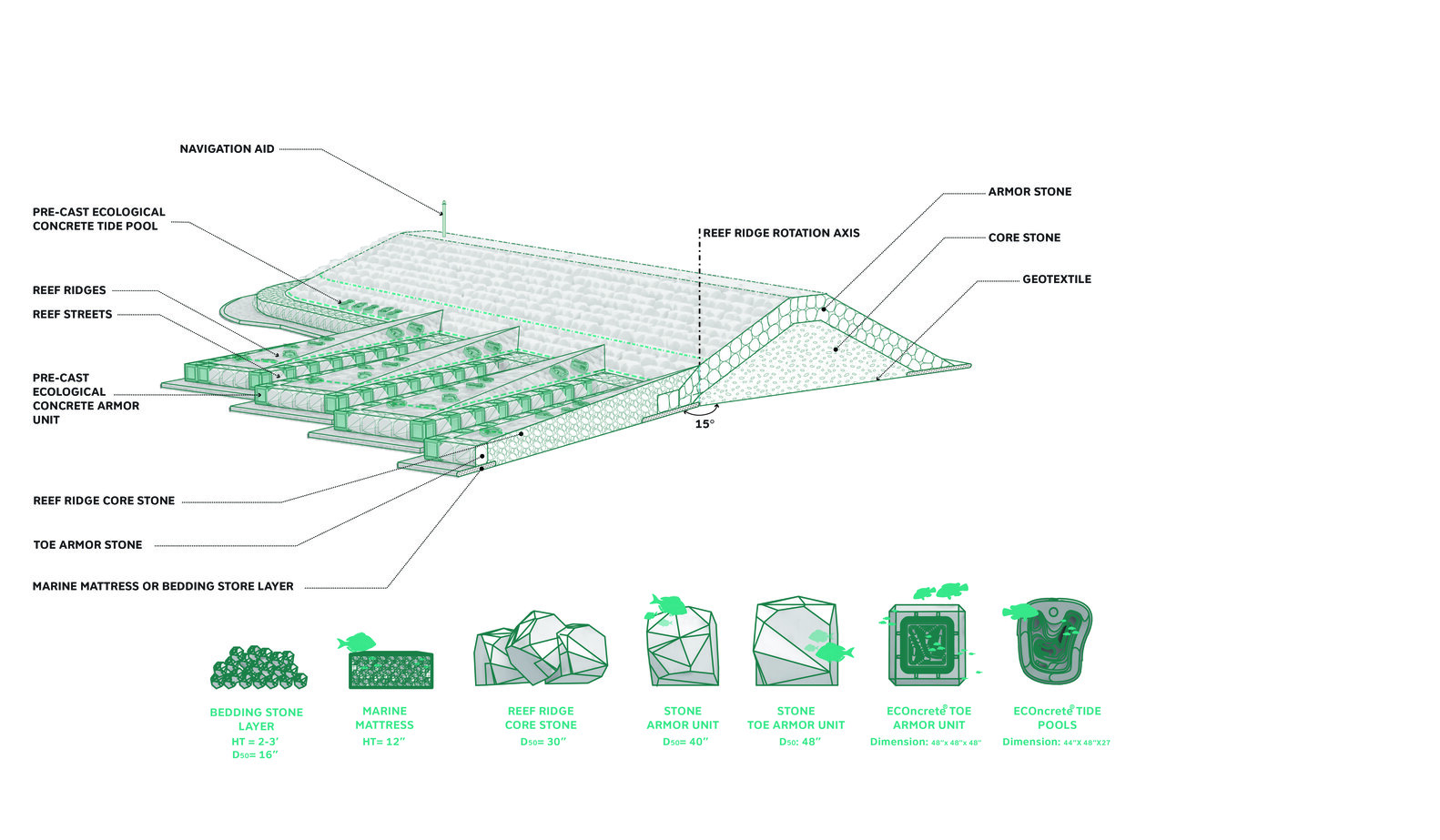
Pingback: Landscape Architects Rise to the Challenge of Coastal Flooding - Landscape Architecture